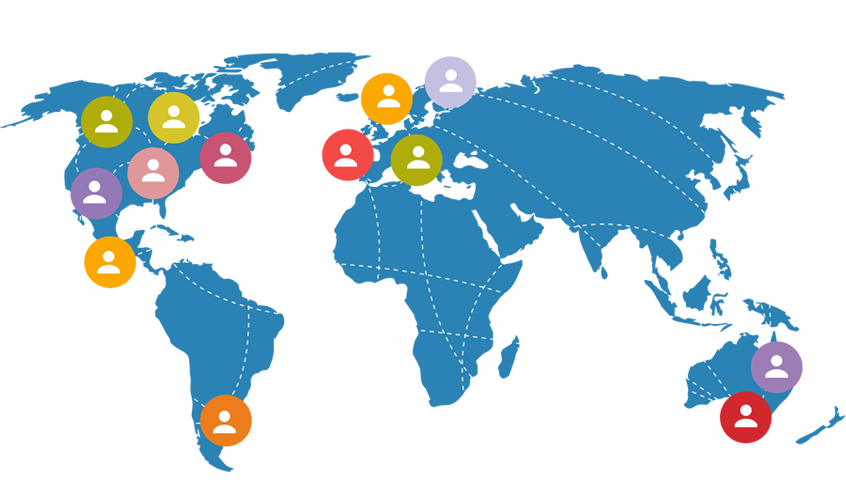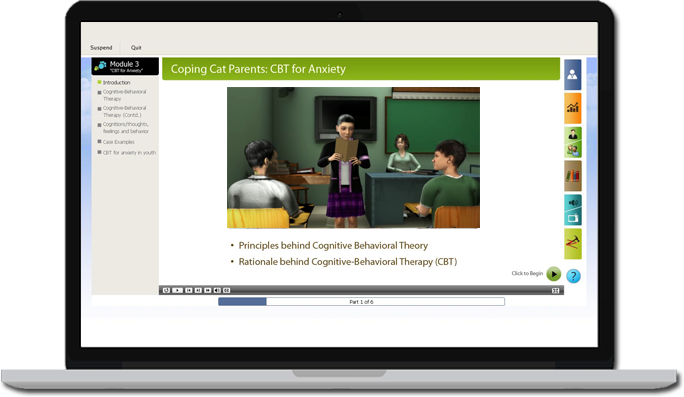 Medication
Medication
Medication can also be a useful treatment for anxiety in youth. Selective Serotonin Reuptake Inhibitors (SSRIs) are the medication of choice for youth anxiety. A recent study found that the combination of sertraline (an SSRI) and CBT resulted in the most improvement in 7-17 years who had generalized anxiety disorder, separation anxiety disorder, or social phobia (Walkup et al., 2008) . Medication and CBT alone were comparable in their effects. The U.S. Food and Drug Administration (FDA) has approved the use of some SSRIs for the treatment of childhood OCD.
 Medication can be a short-term or long-term option for youth anxiety, depending on how one responds to the medication and how severe one’s anxiety is. Medications must be prescribed by a medical doctor, such as a psychiatrist or primary care physician. It’s best to find a provider who has extensive training and experience working with youth with anxiety. Child Psychiatrists are likely to have more expertise than general psychiatrists or general pediatricians.
Medication can be a short-term or long-term option for youth anxiety, depending on how one responds to the medication and how severe one’s anxiety is. Medications must be prescribed by a medical doctor, such as a psychiatrist or primary care physician. It’s best to find a provider who has extensive training and experience working with youth with anxiety. Child Psychiatrists are likely to have more expertise than general psychiatrists or general pediatricians.
Communication between the medical doctor and mental health provider is encouraged in order to inform treatment planning and monitor progress over time.
A warning was issued in October 2004 by the FDA, stating that antidepressant medications, including SSRIs, may increase suicidal thoughts and behaviors in a small percentage of youth. Of note, no suicides were reported in the studies that led to the warning, and the FDA has not prohibited use of these medications for youth.
Although SSRIs are generally well tolerated by users, common physical side effects include headache, stomachache, nausea, and difficulty sleeping. If you opt to seek medication for your child’s anxiety, you should talk to your child’s doctor about any questions or concerns you have. Your child’s doctor should conduct a thorough evaluation to determine the presence of physical symptoms related to medical problems or anxiety. Side effects, including suicidal thoughts, should be monitored.
If you’d like to learn more about psychiatric medications for children and teens, you can talk with your child’s pediatrician or meet with a child psychiatrist.
You may also like to read:
Straight Talk about Psychiatric Medications for Kids by Timothy E. Wilens. The Guilford Press, 2008






 Medication can be a short-term or long-term option for youth anxiety, depending on how one responds to the medication and how severe one’s anxiety is. Medications must be prescribed by a medical doctor, such as a psychiatrist or primary care physician. It’s best to find a provider who has extensive training and experience working with youth with anxiety. Child Psychiatrists are likely to have more expertise than general psychiatrists or general pediatricians.
Medication can be a short-term or long-term option for youth anxiety, depending on how one responds to the medication and how severe one’s anxiety is. Medications must be prescribed by a medical doctor, such as a psychiatrist or primary care physician. It’s best to find a provider who has extensive training and experience working with youth with anxiety. Child Psychiatrists are likely to have more expertise than general psychiatrists or general pediatricians.






